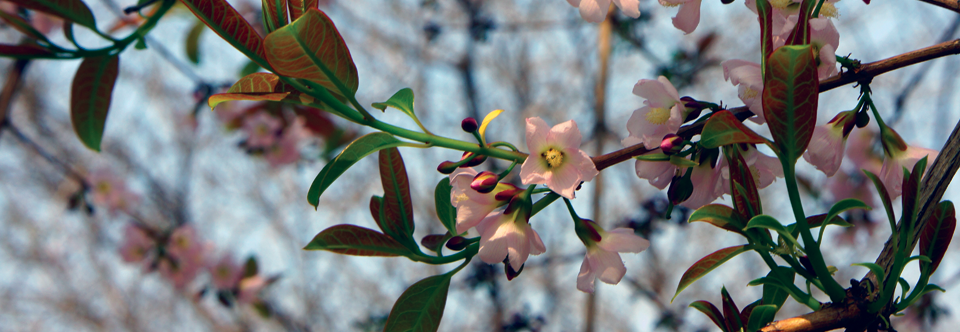History of the Urban Forest: Why is Singapore so green?
Caveat: I am neither a landscape design expert nor a historian. Just providing context for one to interpret the impressive Green View Index in Singapore.
The MIT Treepedia and the Green View Index
Earlier this year, the MIT Senseable City Lab collaborated with the World Economic Forum to produce Treepedia, a web portal that allows “city dwellers to view the location and size of trees within their communities and to submit input to help tag, track, and advocate for more such trees in their cities” (quoted from the press release of Treepedia). I quote this because it puts the project into perspective; contrary to its collaborative intent, the single-dimensional Green View Index (GVI) has generated new stories that compare one city against another without context.

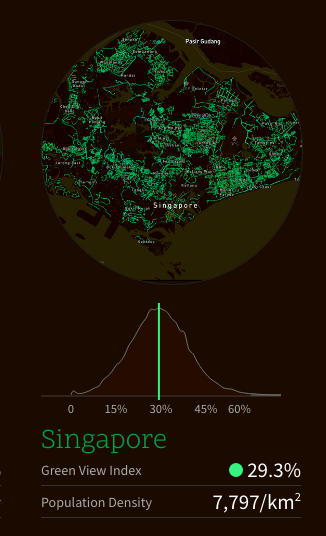
The GVI uses Google Street View data to measure the urban “Green Canopy” – the aboveground portion of trees and vegetation in cities around the world. It is therefore an indicator that attempts to quantify urban greenery on the street level (instead of the aerial level, which is not necessarily in line with the urban stroller’s field of vision) in a low-cost and objective way. I think its real value lies in the fact that it’s not merely an aggregated index – you can zoom in on the map and see where your neighbourhood stands.
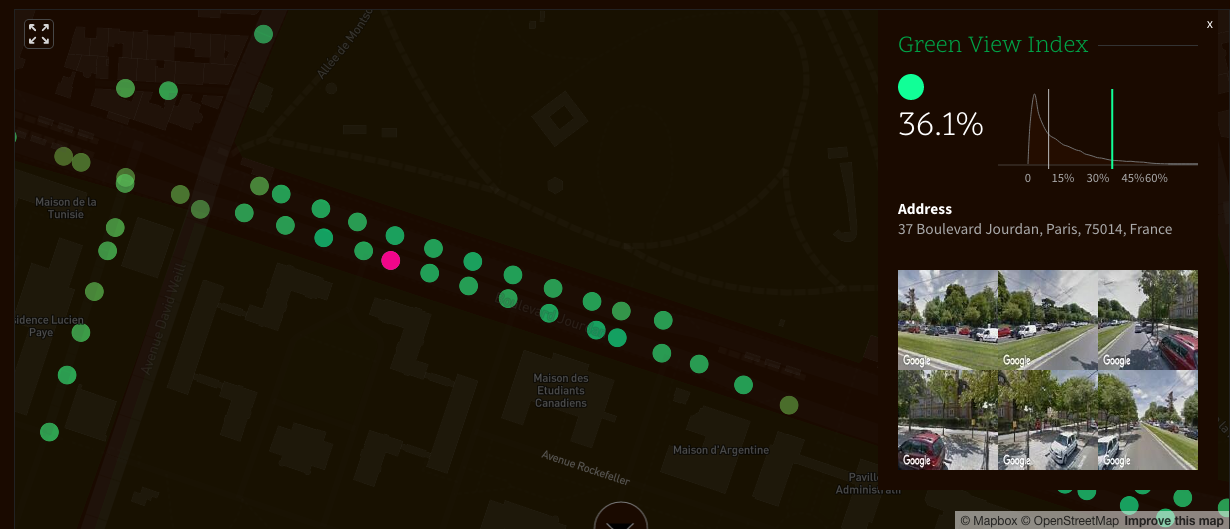
For example, where I lived in Paris has a whopping GVI of 36.1% (partly contributed by the grass-lined tram track)! The distribution curve shows that my street deviates largely from the average Parisian street (8.8%). Talk about a different kind of privilege! 😉 As the GIV aims to assess greenery on the street, it should be noted that public parks are omitted.
Out of the 23 cities currently enlisted in the project, Singapore tops with an impressive 29.3%. But hey, why is Singapore so green?
Singapore’s his-tree: a tale of world politics and the world economy
The official story goes that Singapore’s greening campaign started in 1963. The then-Prime Minister Mr. Lee Kuan Yew championed the vision of the “Garden City” soon after visiting tree-lined boulevards overseas.
But were there no trees in Singapore before 1963? To the contrary, Singapore was a tropical land covered by forest before urbanisation (read: colonisation). This is where Singapore’s colonial past and its only UNESCO World Heritage site come into play.
Stamford Raffles, the modern founder of Singapore, arrived in 1819 and, shortly after, established the first Botanic Gardens at Fort Canning. The present gardens at Tanglin was opened in 1859. It was part of an international network which allowed the British Empire to plant profitable crops in their colonies. By 1900, 90% of the primeval forest in Singapore had been cleared. It was at the Botanic Gardens that the British first planted rubber after sending seeds from England to colonies in Asia. (This particular variety came from the Amazon in Brazil!)
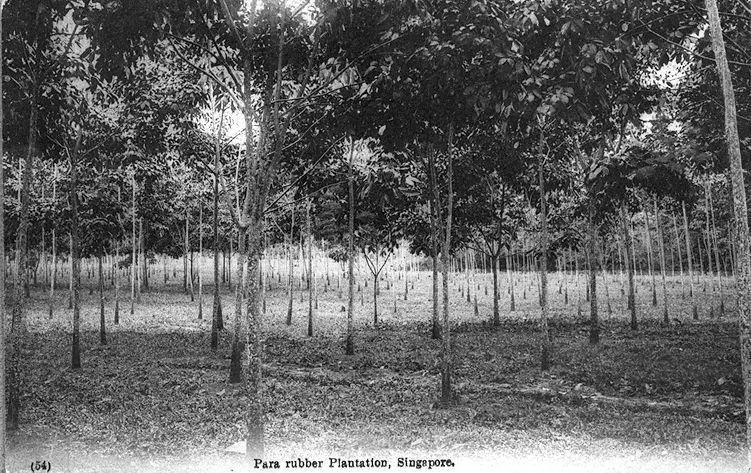
(First rubber trees at the Botanic Gardens. Singapore. Source: National Archives of Singapore)
Farmers mainly cultivated pepper, cocoa, coffee, cinnamon, etc. at the time, but most switched to rubber following the growth of the automobile industry and the subsequent need for rubber to produce tyres. In fact, about 40% of Singapore was occupied by rubber plantations in 1935.
This is why Singapore’s history of the urban forest is equally an intriguing tale of the world economy, of globalisation and of politics.
Tree-planting as Nation Building
Now, fast-forward to the 1960s, when Singapore became the Republic of Singapore, free from British/Malaysian control. Mr. Lee wanted to brand the city-state as a “Garden City”. The initial directive from the Prime Minister was “to green up the island with as many trees as possible in the shortest time to provide shade and soften the concrete landscape”.
Slight problem: Trees need time to grow. Consequently, fast-growing and dense species were chosen. The Angsana (national tree of the Philippines, incidentally) was one of the widely planted trees, with over 20,000 “instant” trees planted around the island to provide immediate greenery and shade. (To find out more about common trees in Singapore, see this informative poster by National Parks.)
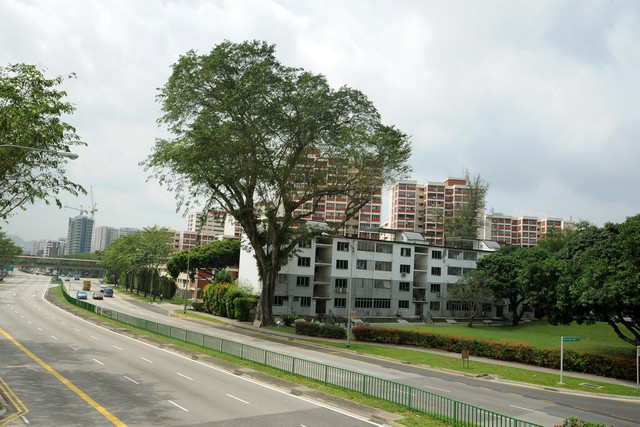
The tree-planting campaign was a top-down initiative that not only involved planting trees, but also building parks and setting aside space for greenery in both public and private projects. **Post-war, post-independence Singapore’s greenness is therefore a product of strong government support, the need for nation building as well as foresighted regulations, **plus probably some remnants of colonial-era plantations.
Interesting, the first tree planted by Mr. Lee – the Mempat, native to Southeast Asia and which resembles the Japanese “sakura” (cherry blossom) – is apparently endangered these days. The group Mempat Tree Awareness seeks to raise awareness of native plants in Singapore. (Fun fact: When Mr. Lee planted that first tree to kickstart the national greening campaign, he did so at the Farrer Circus, not too far from the Botanic Gardens. Coincidence? I don’t think so.)
